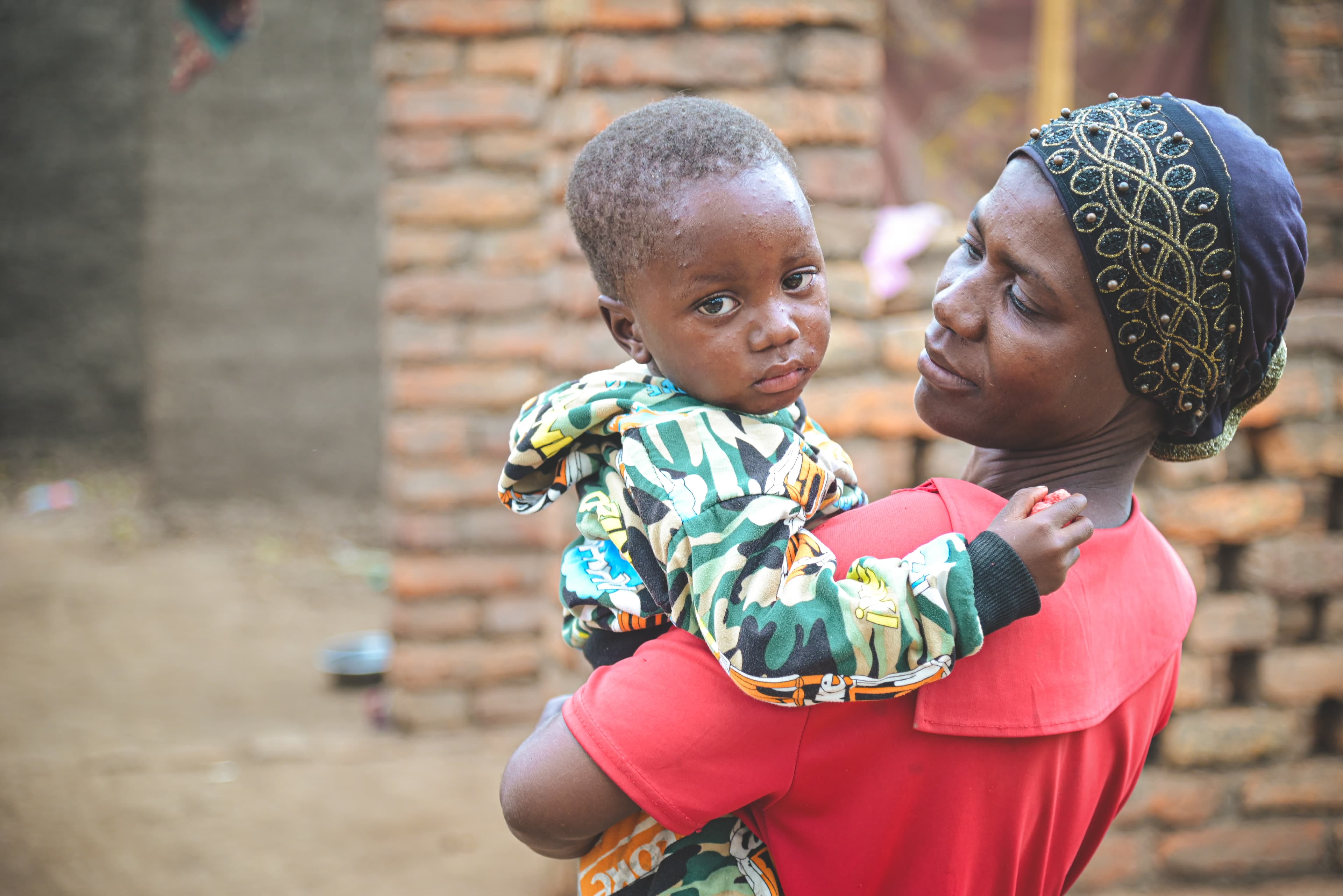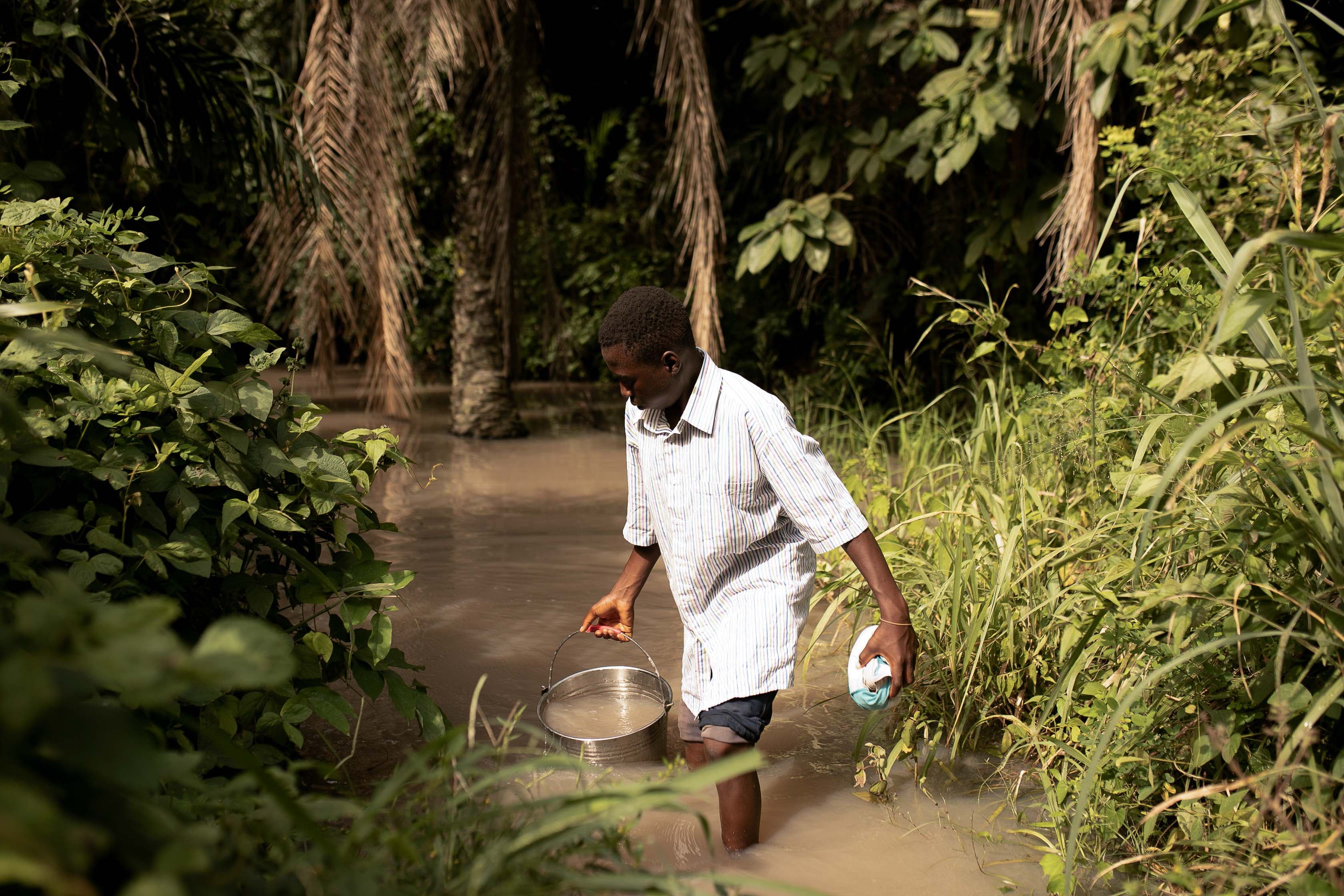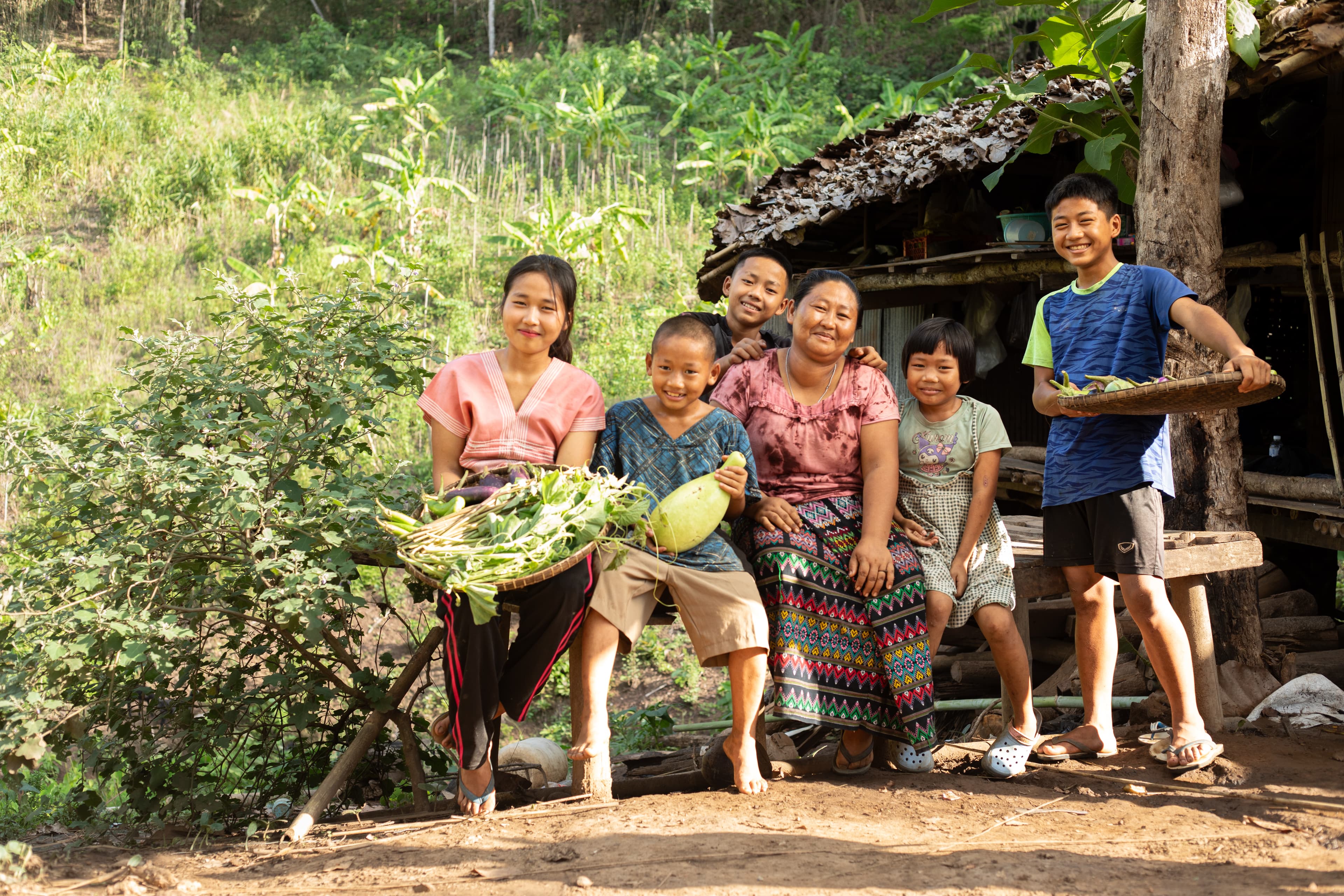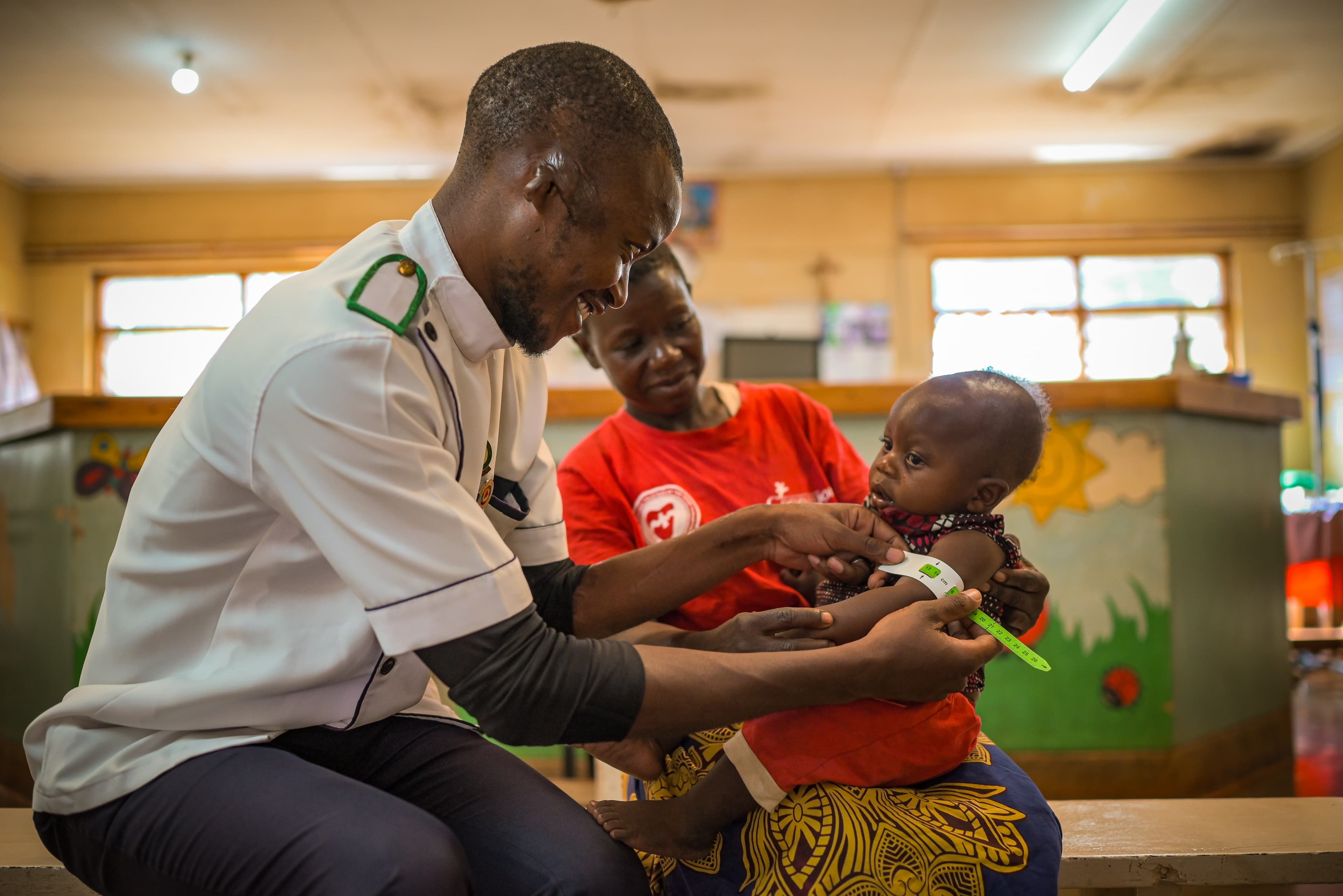Poverty impacts millions of children around the world, resulting in many of them trying to survive on less than $3.00 per day.
Poverty impacts a child’s health by hindering their healthy development, exposing them to disease, preventing them from accessing medical care and hurting their mental health.
Compassion is working to help children thrive by providing malnutrition monitoring, therapeutic feeding, medical checkups and more to children in need.
The Disease of Poverty Around the World
Poverty itself is a disease, infecting millions of children and families around the world. While 900 million children live in multidimensional poverty, 333 million of those children live in extreme poverty, surviving on less than $3.00 per day.
These children must go without nutritious food, clean water, safe shelter, education and even basic medical care. Without these life essentials, many children struggle to survive, often suffering from poor development, malnutrition and disease.
How Does Poverty Affect a Child’s Health
Poverty can impact a child’s health in many ways. And sadly, the consequences of poverty often begin before they’re even born.
Poverty Hinders Healthy Development
A child’s healthy development starts in the womb. But many moms in impoverished countries suffer from malnutrition, which impacts a baby’s development. Malnutrition and disease can contribute to low birth weight, for example, which leads to shorter life expectancies for little ones.
If a child survives birth, the fight for life continues. For example, without access to healthy food, children may continue to suffer from malnutrition during the critical first stages of life. And this suffering leads to other consequences as children get older.
For example, hungry children are often left with impaired cognitive abilities that hinder learning and school performance. This leads to a limited future quality of life and earning potential.
In other words, a child who grows up without essentials like healthy food will often struggle to survive and provide in adulthood.
Poverty Exposes Children to Dangerous Diseases
Children suffering from malnutrition and underdevelopment may have weakened immune systems, leaving them at risk of disease.
Dirty water and poor living conditions can worsen that risk. Sadly, many children living in poverty suffer from completely preventable and treatable diseases like pneumonia and diarrhea, which can be deadly.
According to the most recent data, 1 in 27 children died before reaching the age of five in 2023 due to issues that often stem from poverty.
Poverty Limits Access to Medical Care
Simple medical essentials like checkups would help children get the care they need to fight back against malnutrition and disease. Unfortunately, many families simply can’t afford the cost of medical care.
Some impoverished communities also lack access to medical facilities. Families must travel hours to reach a clinic or hospital. For impoverished children, the help they need, from emergency care to simple checkups, is out of reach.
Poverty Hurts Mental Health
Growing up in poverty increases the emotional and physical stress in a child’s life, often leading to mental health issues.
Aside from worry, fear, insecurity and vulnerability, feelings of being unsafe and threats of violence and exploitation place a child in constant survival mode. And prolonged survival mode experiences negatively impact a child’s body, leading to long-term consequences for overall well-being, decision-making and learning.
Escaping Poverty Is Even Harder With Poor Health
Leaving poverty behind is hard. But poor health can make it even more so for families in impoverished communities.
For example, poor health reduces a family’s opportunity and ability to work and generate income. If a child is sick, families must sell what assets they have to afford treatment, increasing poverty’s hold on their lives and making them even more vulnerable to hardship.
This vicious cycle often continues as children grow into adults with families of their own, perpetuating the cycle of poverty.
How Health Care Can Reduce Poverty
While this cycle may feel impossible to break, increasing access to simple health care can make all the difference.
For example, access to healthy food and clean water can support a child’s development and protect them from diseases that threaten their lives. Access to basic medical checkups can help diagnose and treat common illnesses that hinder a child’s growth and keep them sick. And access to services like counseling can support children’s mental health as they grow.
How Compassion Provides Critical Care to Children in Need
At Compassion, we’re doing our part to provide critical health care to children in need across the globe.
Through our child sponsorship program, we partner with local churches to deliver yearly medical exams, malnutrition monitoring, therapeutic feeding, vaccinations and other essentials to children in impoverished communities.
Most importantly, we introduce these children to the hope found in Jesus, which transcends even the darkest of circumstances.
How You Can Help Support the Health of Children
Children around the world deserve to live happily and healthily. And as Jesus’ hands and feet, we’re called to stand in the gap for the most vulnerable, delivering the love and care they need to thrive.
You can do just that by partnering with Compassion as we provide critical health care to children in need. For example, you can donate to provide medical care to children in our program. Or you can sponsor a child to deliver consistent support each month, from medical care and nutritious food to encouragement and prayer.
With your support, we can provide what children in countries around the world need to reach their God-given potential. By partnering with Compassion, you’re releasing children from poverty in Jesus’ name.



